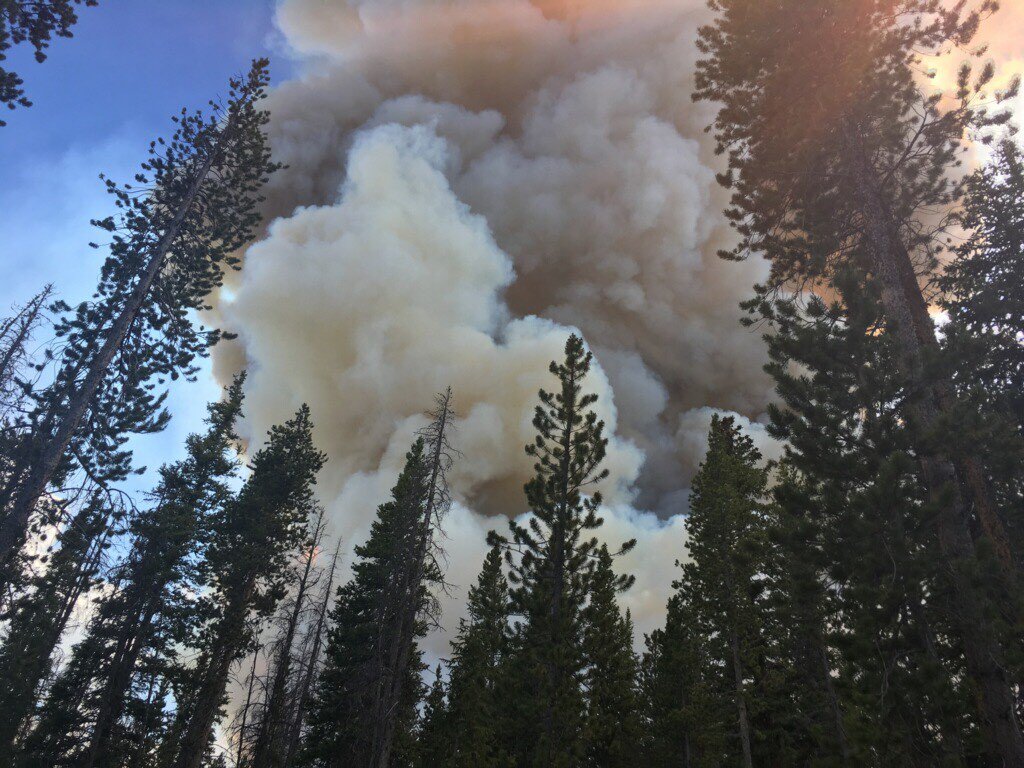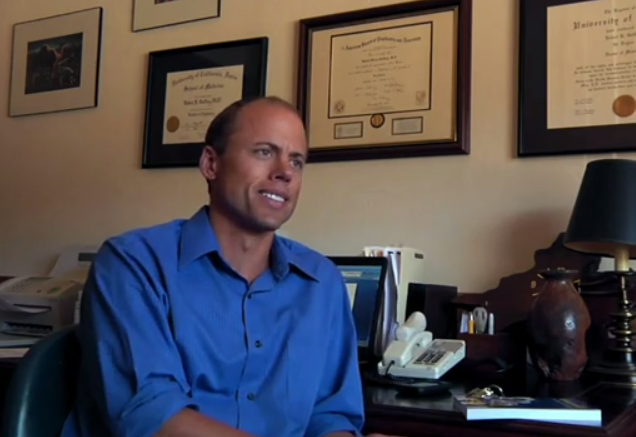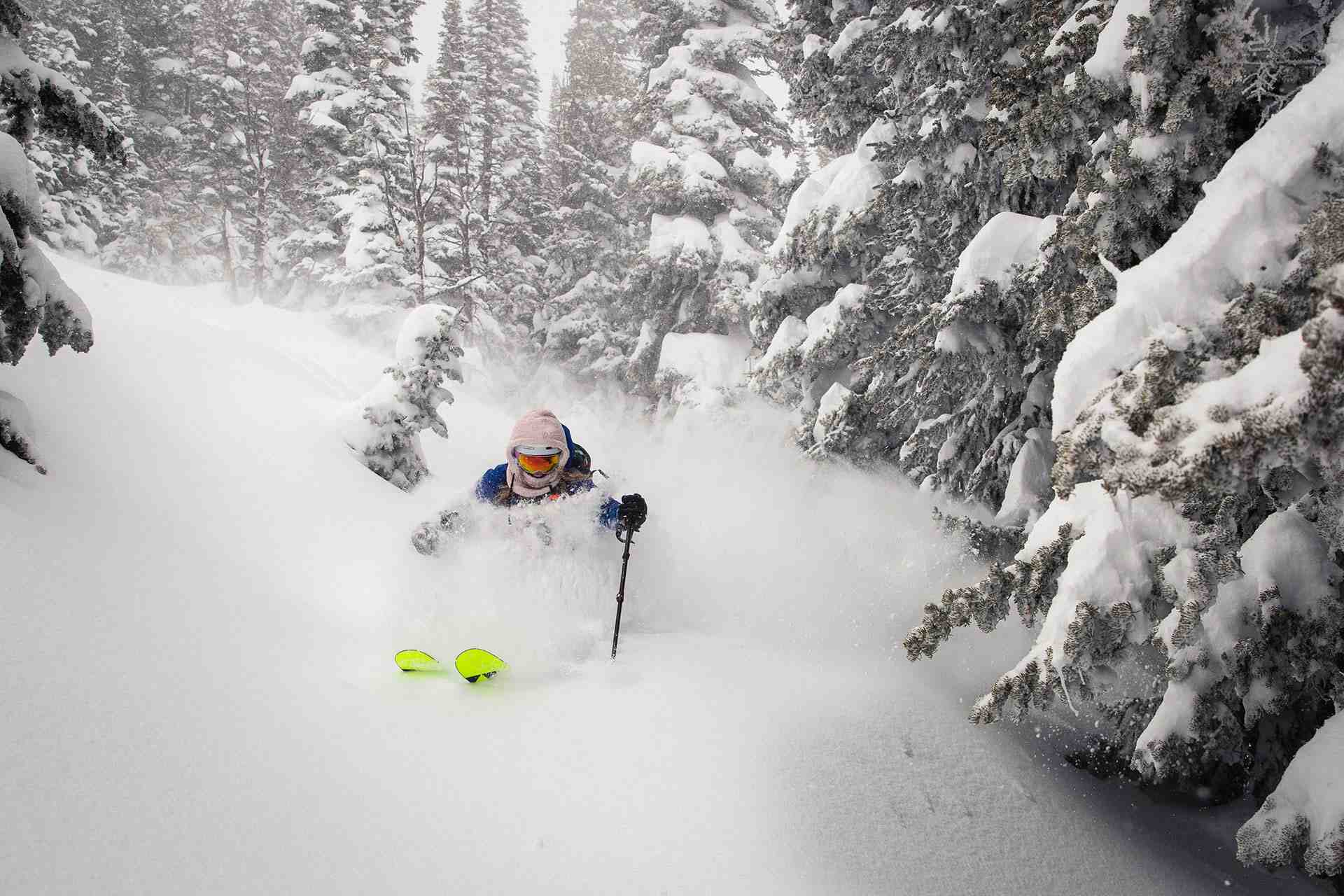
As 75% of the Earth’s surface is covered in water, and around 60% of our body is water, you’d think us humans would have taken more care of this natural resource. It is essential to life itself. Yet, increasingly, our rivers, lakes and oceans are under threat from human caused issues in the form of climate change, ocean acidification, pollution, overfishing, and commercial and recreational development.

For the last 50 years researchers at the University of California, Davis have been studying the effect these factors are having on various bodies of water and the eco-systems relying on them. UC Davis manages dozens of programs and projects around environmental protection and sustainability and has played a leadership role in research efforts at Lake Tahoe for Tahoe Environmental Research Center (TERC).
“It’s in our DNA to work across disciplines,” says UC Davis professor Geoffrey Schladow. “It helps us with these large environmental problems. Because they’re not just biology problems, or chemistry problems, or social planning problems, they’re incredibly multidisciplinary.”

High-altitude Lake Tahoe, straddling the California-Nevada border in the Sierra Nevada mountains, has long been prized for its pristine, cobalt-blue depths. Over the years, development, tourism and climate change had reduced clarity in Lake Tahoe to a noticeable degree.
With funding from federal, state, local, and private sources, TERC leads research on the water quality, physical processes and ecology of Lake Tahoe and its watershed. This research revealed that fine, inorganic particles, from erosion as well as wind-borne deposits, were reducing the lake’s clarity. What’s more, the normal process by which warm water near the top mixes with cold water at the bottom was slowing, resulting in the growth of small algae and less oxygen for aquatic life. Now, new technologies in the form of underwater remote sensors and autonomous underwater vehicles are advancing an understanding of the changing lake.
“The idea was to continue studying Lake Tahoe in a period of unbelievable change, and to use it as a sentinel for what’s happening in the Western U.S.,” says Professor Schladow.
TERC’s findings and methods are used to support policy decisions at Lake Tahoe and to aid research efforts at other lakes around the world. TERC is internationally recognized for its multidisciplinary, collaborative research on lakes and their surrounding watersheds.

The field work is important for aquatic life as well as for tourism; some three million people visit Lake Tahoe annually. Water clarity in the lake has been stable for more than a decade, thanks to the efforts of scientists, local nonprofits, agencies and the Tahoe community. What is less clear is its future.
“If the lake were to degrade further,” Schladow asks, “why would people go there as opposed to, say, Hawaii?”
TERC’s findings and methods are being used to support policy decisions not only at Lake Tahoe but in places such as Lake Tanganyika, the second-largest freshwater lake in the world, which feeds tens of millions of people in Central Africa.

The New York Times reports on this, and other research projects at Little Shasta River and Bodega Bay.




